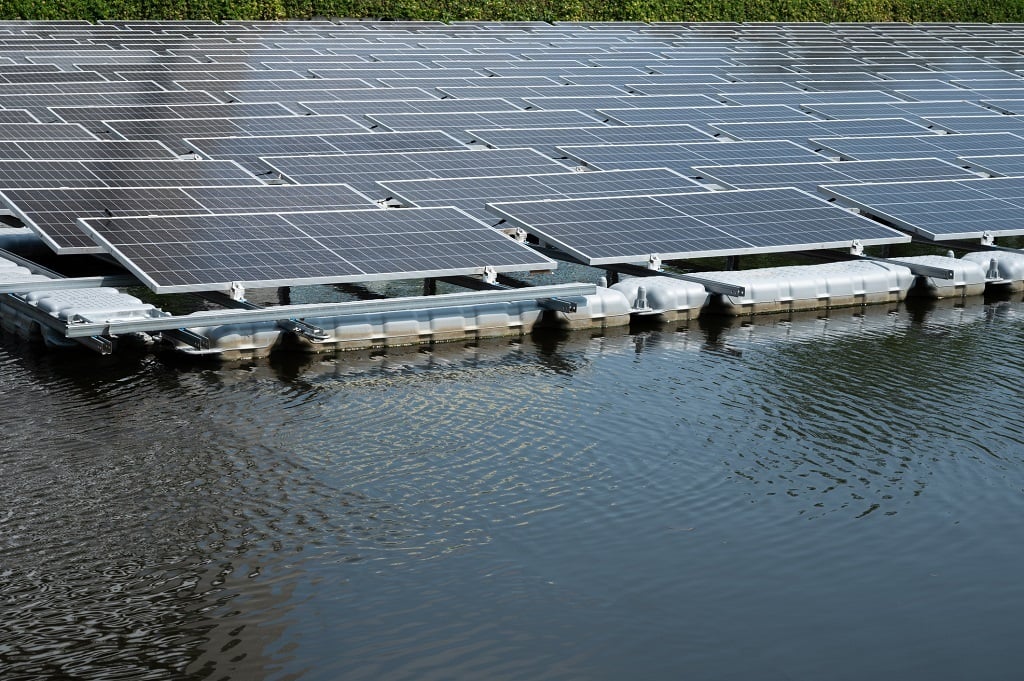Zimbabwe is on the cusp of a historic transformation in its energy landscape.
The nation is set to become a pioneer in Africa by installing the continent’s first floating solar panels on the colossal Kariba Dam, a move that signals a decisive shift towards sustainable energy solutions.
Ushering in a New Era: 150 Megawatts of Solar Power on Kariba
This ambitious project, slated to begin early next year, represents a significant leap forward in Zimbabwe’s pursuit of clean and reliable energy. As highlighted by Gloria Magombo, Secretary for Energy and Power Development, the initial phase will see a staggering 150 megawatts of solar panels strategically placed on the surface of Kariba Dam, the world’s largest man-made freshwater reservoir. This innovative approach harnesses the power of the sun directly on this vast expanse of water, creating a renewable energy source with immense potential.
The Kariba Dam itself is a marvel of engineering, providing hydroelectric power for decades. However, its dependence on consistent water levels has become a critical challenge. The grip of prolonged drought has caused a concerning decline in water reserves, forcing the Zambezi River Authority to restrict water allocation for power generation. This has resulted in a ripple effect across the nation, with frequent power cuts disrupting businesses and households alike.
Public and Private Collaboration: A Recipe for Success
The project to implement floating solar panels offers a compelling solution to this challenge. By harnessing a reliable and renewable energy source like the sun, Zimbabwe can significantly reduce its dependence on increasingly unpredictable hydroelectric power generation. The benefits extend far beyond simply addressing power shortages. Solar energy boasts a clean and environmentally friendly profile, reducing Zimbabwe’s carbon footprint and fostering a more sustainable future.
The project isn’t solely driven by government initiative. The private sector has displayed remarkable interest, with applications submitted to install an additional 600 megawatts of floating solar panels. While specific details remain undisclosed, Magombo’s emphasis on expanding the use of this technology underscores the government’s commitment to fostering public-private collaboration.
This synergy is crucial for maximizing the project’s impact and securing Zimbabwe’s energy future. Imagine the potential – a vast expanse of solar panels shimmering on the surface of Kariba Dam, not only generating clean energy but also creating new jobs and economic opportunities within the renewable energy sector.
Beyond Kariba: Expanding Horizons with Mutirikwi Dam
The vision doesn’t stop at Kariba. The government plans to replicate this success story at the Mutirikwi Dam, further solidifying its commitment to diversifying the energy mix. This strategic expansion underscores a critical shift away from a traditional, and now unreliable, reliance on hydroelectric power. By embracing a future powered by the sun, Zimbabwe is taking a bold step towards energy security and a sustainable future.
The installation of floating solar panels at Kariba Dam marks a watershed moment for Zimbabwe. This groundbreaking project not only offers a solution to the immediate challenge of power shortages, but also paves the way for a future powered by clean and renewable energy sources. With public and private sectors joining forces, Zimbabwe is poised to become a leader in sustainable energy solutions within Africa and beyond.
The success of this project has the potential to serve as a beacon of hope, inspiring other nations grappling with similar energy challenges to embrace innovative solutions and illuminate a brighter future.
Source: Sona Solar







